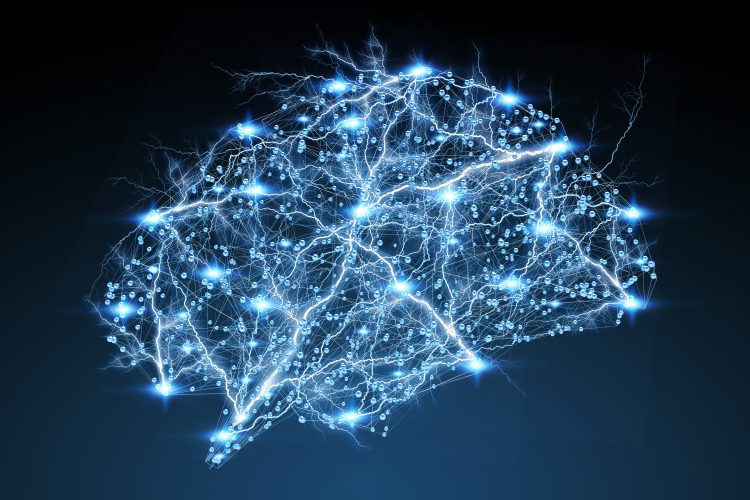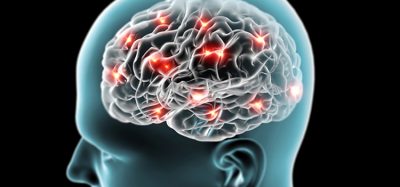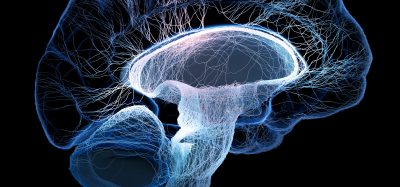X-ray irradiation reversed motor deficits after brain injury
Posted: 26 January 2024 | Drug Target Review | No comments yet
Low dose ionising radiation reduced lesion size and reversed motor deficits in traumatic brain injury and ischemic stroke mice.

A team of neuroscientists led by City University of Hong Kong (CityU) have discovered that low dose ionising radiation (LDIR), like X-ray irradiation, can reduce lesion size and revere motor deficits in traumatic brain injury (TBI) and ischemic stroke mice. Therefore, LDIR could be a promising therapeutic strategy for TBI and stroke patients.
Almost half of TBI and stroke survivors suffer with lifelong motor impairment and disability. Dr Eddie Ma Chi-him, who led the research, explained: “Usually, secondary brain damage worsens over time after primary injuries in TBI (mechanical insults such as a car accident or falls by older adults) and strokes (when blood flow to the brain is blocked), owing to the unfavourable and hostile neuroinflammatory environment in the brain…But there is still no effective treatment for repairing the central nervous system after brain injury.”
LDIR
Low dose X-ray irradiation has long been known to enhance adaptive responses, including extending average life expectancy, stimulating the immune system, healing wounds and stimulating cell growth in animals. It can enhance neuroprotection in animal model of neurodegenerative diseases as well, primarily due to immunomodulation. Dr Ma and his team, based on this, hypothesised that the immunomodulatory effects of LDIR could have a key part in mitigating damage and promoting wound healing after brain injury.
In the recent study, they discovered that low-dose X-ray irradiation completely reversed the motor deficits in TBI and stroke mice and restored brain activity after stroke. Significantly, low-dose X-ray irradiation treatment delayed by eight hours was still effective in allowing a complete recovery of motor function after stroke. As hours could elapse before any treatment is available in a clinical setting, this is highly relevant in the translation of the findings into clinical applications.
While the control mouse group received no (sham) irradiation, the other group of mice were treated with whole-body X-ray irradiation after cortical stab wound injury or photothrombotic ischemic stroke. The X-ray-irradiated mice showed a reduction in lesion size by 48 percent seven days after cortical stab wound injury. The magnetic resonance imaging showed that X-ray irradiation greatly reduced the infarct volume of stroke mice by 43 to 51 percent during the first week after the induction of ischemic stroke. These findings support a common clinical observation that stroke patients with smaller infarct volume typically have improved clinical outcomes.
Restoration of motor coordination
X-ray irradiation accelerated notable motor function recovery, assessed by narrow bean walking, pole climbing and grip strength. X-ray-irradiated mice took much less time to transverse a narrow beam, with fewer foot slips, indicating that they had excellent motor coordination and balance shortly after both ischemic stroke and cortical stab wound injury.
By conducting systems-level transcriptomic analysis, the researchers observed that genes upregulated in LDIR-treated stoke mice were enriched in pathways associated with inflammatory and immune responses involving microglia. LDIR induced upregulation of anti-inflammatory- and phagocytosis-related genes, and downregulation of key pro-inflammatory cytokine production. This suggests that LDIR treatment has a strong immunomodulatory effect by the expression of genes involved in inflammatory and immune responses.
The study also showed that the LDIR promoted axonal projections in the motor cortex and recovery of brain activity detected by electroencephalography recordings months after stroke.
Dr Ma concluded: “X-ray irradiation equipment for medical use is commonly available in all major hospitals. We believe this strategy could be used to address unmet medical needs in accelerating motor function restoration within a limited therapeutic window after severe brain injury, like TBI and stroke, warranting further clinical studies for a potential treatment strategy for patients.”
This study was published in Brain, Behaviour, and Immunity.
Related topics
Cytokines, Neurosciences
Related conditions
Ischemic stroke, Traumatic brain injury
Related organisations
City University of Hong Kong (CityU)
Related people
Dr Eddie Ma Chi-him (CityU)







